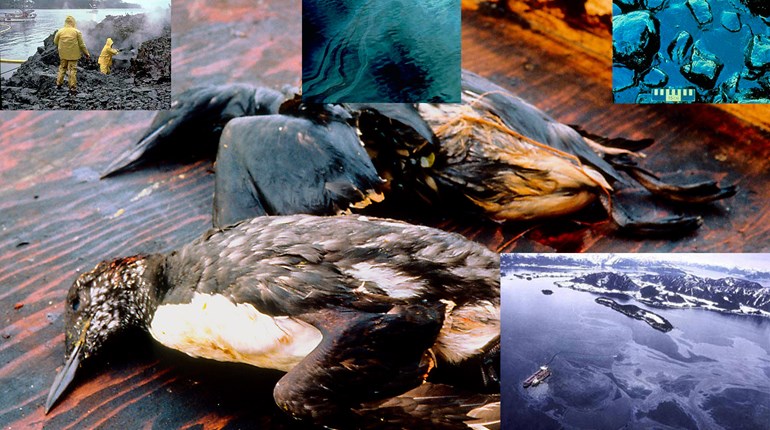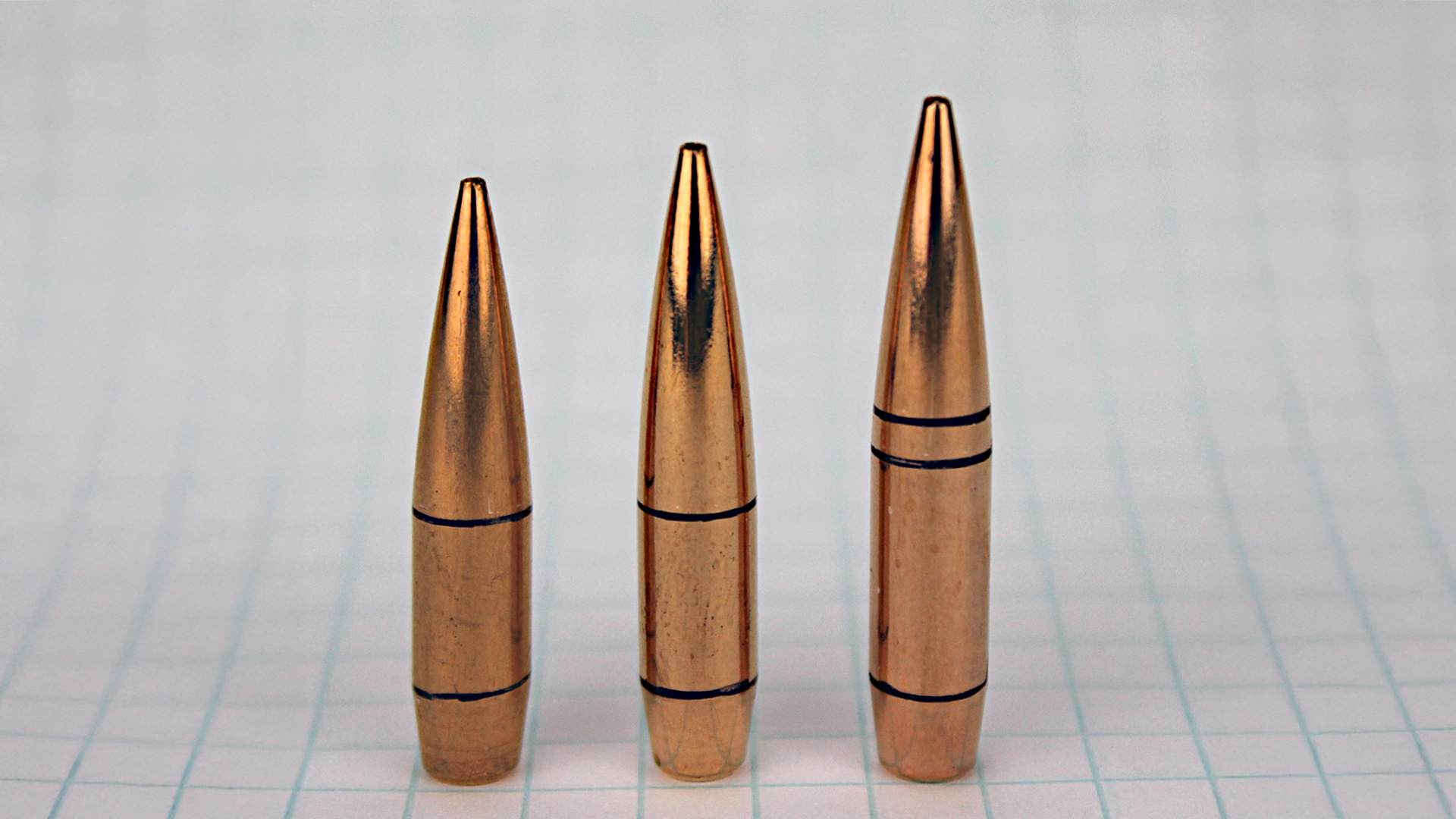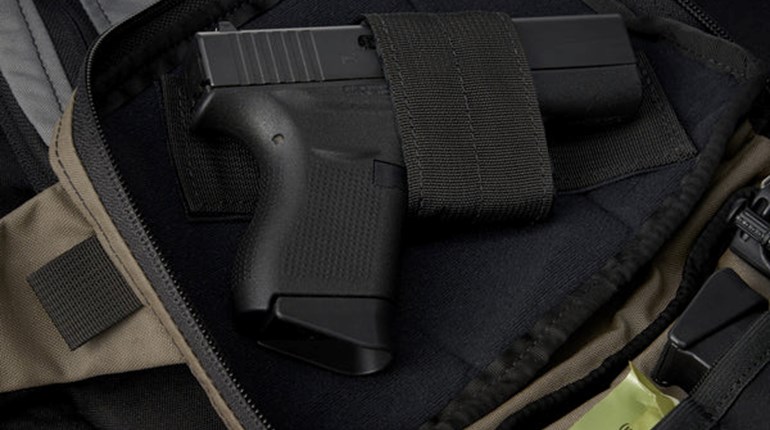
“At Camp Perry, by virtue of the attendance of thousands of riflemen at the matches, encouragement and new impetus was given the shooting game.”
—Arms and the Man, September 1918
Record numbers were reported at the National Matches this year, but not as far as scores were concerned. New rifles and courses of fire, unpredictable ammunition and uncooperative weather quickly squelched any thoughts of surpassing previous marks. Instead, after a year's hiatus, the return of the National Match program and its new federally funded structure for civilians, plus the inaugural administration of the Small Arms Firing School (SAFS) made for a historic event that was well attended and memorable.
Of the $300,000 National Defense Appropriation this year, $75,000 was designated for civilian transportation to the National Matches, and Camp Perry was chosen as the site of this year's program when the National Board met in June and voted to conduct the matches during World War I.
Critical to the conduct of the National Matches of 1918 and the war effort was the establishment of "The Small Arms Firing School for the Instruction of Officers and Enlisted Men in Rifle and Pistol Shooting," orders for which were signed on April 15 by the Acting Chief of Staff of the Army, Gen. Peyton March. The timing of the school's inclusion in the program was also most likely intended to squelch the War Department's criticisms from two years earlier when officials then decried the National Match structure as a deficient training medium.
The NRA played a major role in this endeavor when it was chosen by the Ordnance Department to select the group of instructors for the school. Col. Morton C. Mumma, executive director of this year's National Matches, was assigned to direct the school and his selection was most appropriate given his background. Since 1909, Mumma had applied similar instructional concepts at state shoots that he conducted in Iowa. In fact, the origin of the Small Arms Firing School can be traced back to 1907 when a "school of musketry" was created by Gen. Arthur McArthur in California for his Pacific Division. Besides the creation of the National Board in 1903, the establishment of the SAFS stands out as one of the more significant steps toward improving marksmanship in the post Spanish-American War era. And it was in October of this year when Congress saw fit to expand on the SAFS model presented at Camp Perry and appropriated $10 million for the construction of an Infantry School of Arms at Fort Benning in Georgia.
In addition to Mumma, the appointed "Father of Camp Perry," Gen. Ammon Critchfield, was part of the SAFS staff at the National Matches. Critchfield was in general charge of the range during the school, which ran from Sept. 1-21 and was a required part of the National Match program. Future NRA President Maj. Smith Brookhart (1921-25) was the chief instructor of the school and two major reasons for mandatory civilian attendance were so this segment of the shooting population could become familiar with the new Model 1917 rifle and become qualified as instructors and coaches. Included in the school was sniper instruction where, according to editorials of the day, students learned "to pot the Hun in his trenches."

Courses of fire in the National Board Rifle Matches were void of 1,000-yard firing this year and conditions in some NRA matches were also altered to "conform with the target possibilities of the 1917 rifle," while service ammunition was required across the board, even in the Wimbledon Cup Match, to save the best factory ammunition for war use.
Of special note in the firing of the Leech Cup Match this year, besides the fact that one stage was fired from 600 yards instead of the customary 900, was the winning performance among 900 contestants of Navy Seaman F.A. Cantieri, who had never fired at 1,000 yards prior to arriving at Camp Perry. And unique in the history of the Wimbledon Cup was not only that more than 900 shooters vied for the prize, but that the title this year, won by Marine Corp. F.L. Branson, was determined by the 1,000-yard score in the Marine Corps Match, which Branson also won. Poor weather conditions and a series of unaccountable shots forced the cancellation of the separate 1,000-yard firing for the Wimbledon. The President's Match this year was again billed as the contest to determine the title of Military Champion of the United States, and the honor went to Marine Sgt. H.J. Hoffner. No NRA cash awards were presented this year and thus there were no entry fees, although NRA membership was required in order to participate.
Top honors in the National Individual and Pistol Matches went to civilians, just as they did in 1916. This time around, H.J. Mueller from Indiana earned the title of national rifle champion among a field of more than 1,300 competitors while Frank Parmely of Kansas was named national pistol champion after 1,133 shooters fired in conditions cold and wet enough to require log fires behind the firing line. Both matches drew record entries and the latter was fired across the board at 25 yards.
In the National Team Match, the Marines defended their 1916 title by virtue of surpassing Navy at 600 yards. The civilian contest was closer as just four points separated the victorious District of Columbia squad from the California contingent for the Hilton Trophy. The Soldier of Marathon went to the Citadel Cadets, while the still-unnamed fourth National Trophy went to the Arkansas National Guard.

Photo: Supplies of rifles and, probably an opportunity to experiment, brought about the issue of "American Enfield" rifles for the students at the 1918 Small Arms Firing School and for use in the National Matches that year.
Read more: 1917 National Matches Canceled After U.S. Declares War On Germany

































